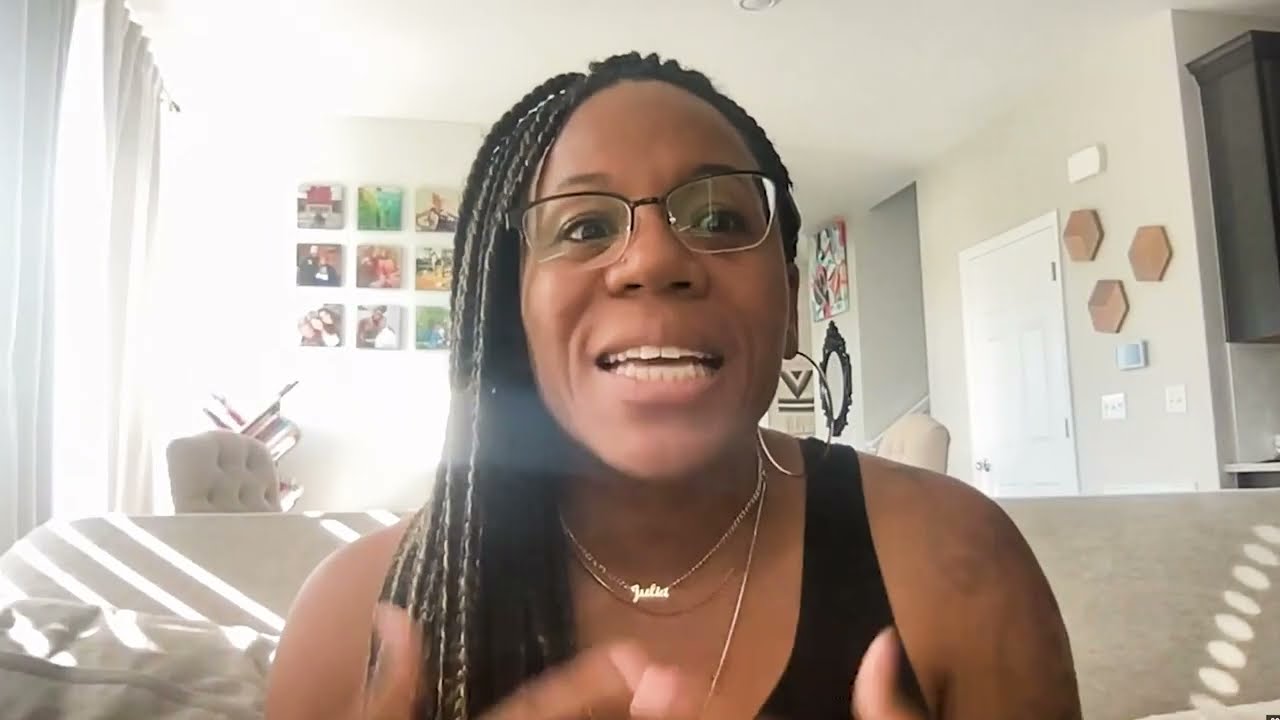Building a school and classroom culture that supports each student as a unique individual is key to creating transformational learning experiences. But the task of creating a learning environment that is welcoming and engaging often poses a challenge for educators and administrators who aren’t sure where to begin.
In a recent conversation with KnowledgeWorks, Julia E. Torres, a nationally recognized language arts teacher-librarian and education advocate, provided some actionable tips for paving the way toward liberatory education futures, today.
Creating an inclusive and safe learning environment
As our world changes and the classroom evolves, one of the foundational aspects of creating liberatory education futures is to establish a safe and inclusive educational environment where every student feels seen, heard and respected. This includes prioritizing individual identities, establishing shared language and offering opportunity for authentic connection.
- Ask students how they would like you to pronounce their name – Offer them an opportunity to record their own names using tools such as SpeakPipe.
- Check in regularly – Ask learners three simple questions:
- Do you understand how the activities we are working on relate to what you are expected to learn?
- Is there anything you want me to know?
- Do you feel you have someone safe on campus to talk to?
- Depict “winners” from various cultures in your classroom – Showcase examples of the lived realities of students in the classroom. Rethinking Schools shares the names of people you could consider including.
- Create a “word wall” – Help students become familiar with terms and language that help them to speak about marginalization. Knowing what language to use is the first step in dismantling oppressive structures and systems Dr. Sonia Cherry-Paul has a great glossary of terms in her adapted version of Stamped for Kids. Consider using these as a primer.

Getting learners engaged
A liberatory education system is dependent on students’ taking ownership of their learning journeys. Creating a classroom that offers choice and makes learning relevant is integral to successful systems change.
- Let learners drive the conversation and activities – Let students curate topics for discussion, group work or individual essays. For example, pick a character, a passage or a chapter (or a range of pages), and place it as the theme at the center of a legal-sized sheet of paper. Encourage groups to write related questions and reflections on that paper and then ask them to pass it along to the next group. Use this list of student-generated content to guide your lessons and discussions.
- Connect through nonfiction – Students need to be able to consume media critically. Help create critical consumers of media through exposure to opinion, persuasion and propaganda pieces and encourage use of resources such as this media bias chart.
- Encourage personal storytelling – Storytelling is a powerful tool to influence, teach and inspire. Getting students to think about how they can tell their own stories creatively helps them to share their own culture, history and values with their peers. Stories build familiarity, are more engaging and easier to remember!
The way we work, teach, live and learn is changing. Educators must consider what steps they can take to create classroom practices that positively shape the future of learning. By intentionally working to create an inclusive and safe learning environment while allowing students to make important decisions about their learning experiences we are empowering learners with the knowledge and social-emotional skills they need for future success.
Learn more from Torres about the importance of a liberatory library, with suggestions on where to start for three age groups.






